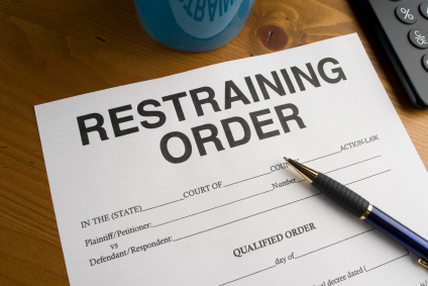
How Much Would You Pay for a Harassment Restraining Order Against Yourself?
An attorney friend of mine, Stephen Yoch at Felhaber Larson, recently sent me this email:
“I hope you are doing well. I don’t know if you have had a chance to see this excellent case, but it provides a terrific affirmation of a CIC [Common Interest Community] and its Board’s ability impose attorney’s fees on harassing and rogue unit owners who are abusing Boards and property managers.”
MN Court of Appeals Decision in Halverson vs Elm Creek Courthomes
First of all, I am not an attorney, so you should not construe any legal advice from this post. With that said, I would like to offer some perspective on this case as an association manager.
Too often, our business involves homeowners and residents who don’t act within the bounds of typical societal norms. It’s an unfortunate aspect of our job. We’re quasi-public entities with some of the same obligations that you might find with your local city council representative and over the years I have learned to have a lot of respect for what those city council representatives and homeowner association board members for putting themselves out there. It can certainly be thankless.
The statute (MCIOA, 515B), and usually the association’s documents, give pretty broad latitude to a Board of Directors to operate the property. If a homeowner, or a resident, of the Association interferes with that ability the Board of Directors typically has the ability to take action by issuing fines against the unit owner. Sometimes that’s not enough or, as in this case, the threat is significant enough that you feel you need to seek relief through the court system. The good news is that the Association doesn’t have to pay for this, it has the ability to assess those costs to the unit owner whose actions are compelling the Association to incur those costs.
When you think about it, this makes sense – why should all of their neighbors pay for the issue with the one unit owner? But for his actions, the Association would not have secured the HRO – his action was the proximate cause of the damage to the Association, sine qua non.
Here, we had a situation where a homeowner’s association felt compelled to secure a harassment restraining order against a resident of a unit at their association on behalf of several members of the board and the Association Manager. Notice was provided to the homeowner of the harassing behavior, asked them to prevent their resident from continuing the behavior, and explained what would happen if the behavior continued. Unfortunately, the behavior did not change and those four individuals ultimately received an order of protection from the court with the association paying the costs for securing that order and assessing those costs to the homeowner.
I think this case does a good job of highlighting just how a dispute can quickly grow out of hand. It might not have been so bad, securing the initial HRO shouldn’t have cost much more than $1,000 but the resident fought it, including inexplicably leaving the courtroom while contesting the case and refusing to return, essentially abandoning his defense which needlessly increased the costs.
But there is more. The homeowner paid and then sued the association in Conciliation Court for the assessments for the HRO, lost there so appealed to District Court, lost again so appealed to the Court of Appeals. Meanwhile, assuming the association continued to assess the costs of the association’s attorney fees for the appeals the costs would have continued to increase dramatically.
While it’s never a good thing to have take these steps, it’s nice to know the Association has this ability in its documents and MCIOA to protect the Association. It’s especially nice to see the courts supporting that right. With that stated, please keep in mind this doesn’t give you the right to act with impunity, you still need to act reasonably.
